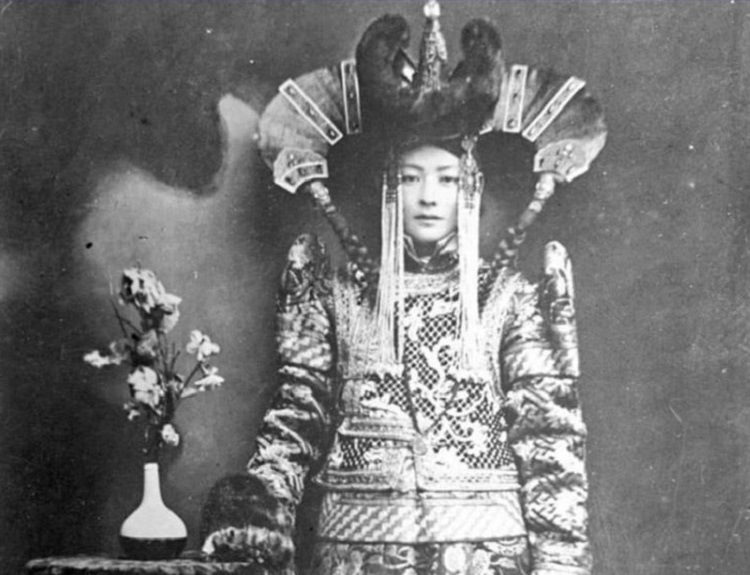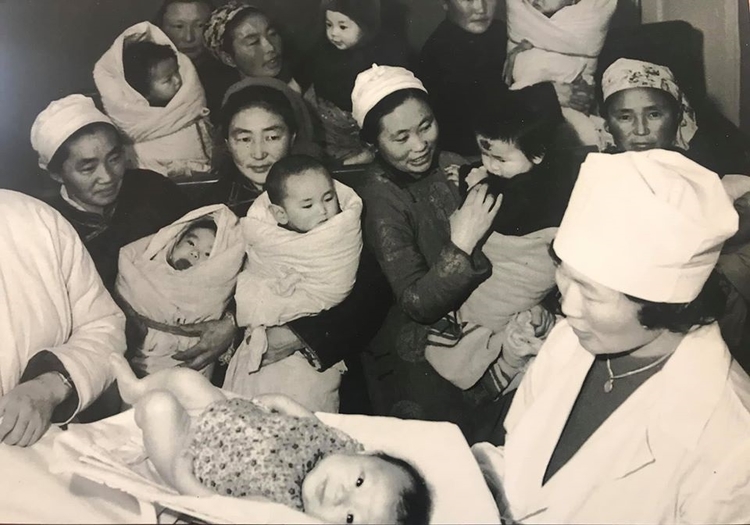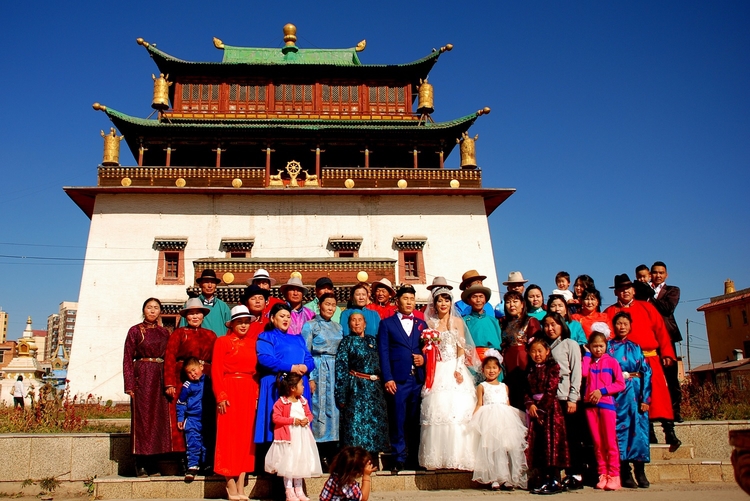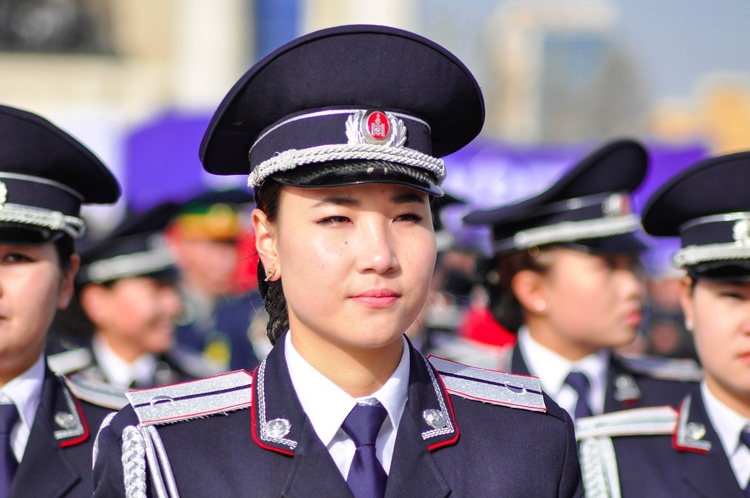Posted by Selena Travel / 04 24, 2024
According to the gender gap report 2022 written by WEF, Mongolia has ranked 70th out of the 146 countries that have been studied. In 2006, we were ranked 46th. What has happened over the decade that has worsened the country’s ranking by a whole 24 places?
As many sociologists have agreed, Mongolian women are more independent and acquire more or less the same place as men in society. Compared to the stereotypes of Asian women, who are often expected to be a docile and obedient wife to their husbands, Mongolian women used to enjoy pretty legitimate voices when it comes to family decisions.
In both historical documents and folklore, there is a handful of examples of women being smart, brave, and independent. There have been several queens who have led the countries including Mandukhai Tsetsen Queen who has been making most of the important political decisions when her alleged “husband” was only 13 years old and Anu Queen who fought and died in the war in order to protect her husband.

Photo: Queen Genepil photo, the last queen consort of Mongolia
However, despite the comparatively matriarchal society in ancient Mongolia, women were still seen as homely creatures whose authority is valid only in household matters. While tending to the babies and raising them was seen as a duty of both parents, the household chores were left for the women while husbands were often given the chores related to the livestock.
Considering the nomadic lifestyle of Mongolia, livestock was the greatest, if not only source of income for most families. This left the men in control of the finances, which greatly affected the independence of the women.
During the Qin era, Mongolian women suffered a great deal. As with any colonial country, the Qin dynasty stripped Mongolia of strong and able-bodied young men, leaving the women to tend the livestock alone.
Even during the socialist era, a great many Mongolian men have been casualties of the political massacres. Since sending the children to the temples to study Buddhism was one of the few sources to get a legitimate education, almost half of the men have been practicing to become monks. This has cost many men’s lives when the communist party with the religion-opposing ideology came to power.

Photo: In the 1960s, women in a hospital in Ulaanbaatar
However, socialism used to hold gender equality as one of its core beliefs. Women were encouraged to get out of the house and work side by side with men. Propaganda that empowered women and education were found everywhere. The national healthcare and welfare system has benefited women greatly, especially the ones who were pregnant or had infant babies.
After the socialist regime fell, Mongolia became a democratic party. Even though this was an inevident beginning of a rise in the economy, people have struggled a great deal to deal with the change. Women, especially those who were working in the factories were most vulnerable to the change.
Since the economy was struggling as a whole, most of the companies and employees preferred men who are stronger and have seemingly more endurance than women. Women were discarded since they are less stable. With the socialist regime, the government-controlled welfare system for pregnant women or ones with infant babies was gone. With no job and babies to care for, women were again dependent on their husbands.

Photo: Wedding in Mongolia in the 1990s
In the countryside, the situation was worse. Women had little to no resources for healthcare and financial stability. Due to the tradition of valuing fertility over purity and the way Mongolians live scattered through the vast land, Mongolian women were subject to sexual abuse.
As mentioned before, the post-soviet era took its toll on Mongolian women. Because of this, families were keen to educate their girls in order to keep them away from the hardships they faced. At the beginning of the 2000s, around 70 percent of university graduates were women.
According to the 2020 study by WEF, this trend has kept on as strong as before. When it comes to education, Mongolian women are in 20th place. The majority of the women study business administration and law attainment. The labor force of the country is divided pretty equally between men and women and wage equality for similar work is almost equal for men too. This has given women financial independence, thus more freedom.

Photo: a Mongolian women in Gobi desert
However, the traditional belief that women should care for their children is still strong in Mongolian society. Average Mongolian women spend around 28 hours a week tending to household chores. Even though the majority of people believe that housework should be the responsibility of both female and male partners in the marriage, the fact that women spend more time on these chores remains unchanged. Not only do women spend a lot of time at home, but women also tend to have more unpaid work days than women.
Even though almost 70 percent of the students in higher education are female, the number changes greatly when it comes to decision-making titles. Around only 30 percent of the firms are female-owned or have female top managers. As for the number of women in parliament and in ministerial positions, Mongolia ranks below 100.

Photo: Mongolian women soliders
Based on these statistics, even though Mongolian women tend to be more educated than men, the lack of leadership in women has been holding them back from managerial positions in firms and from politics. As for their role in society, women have relatively equal positions and authority as men.
Written by Sainbilig